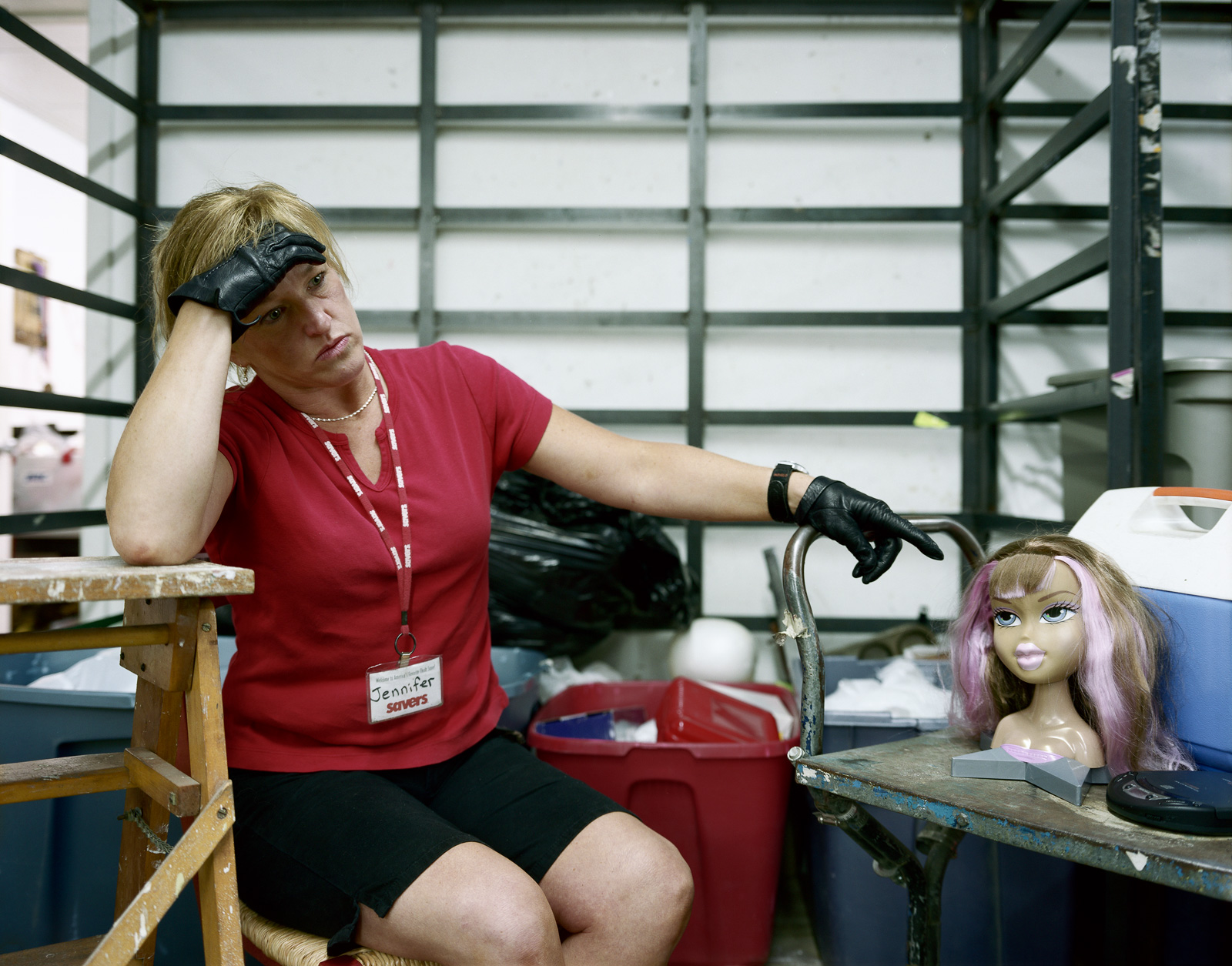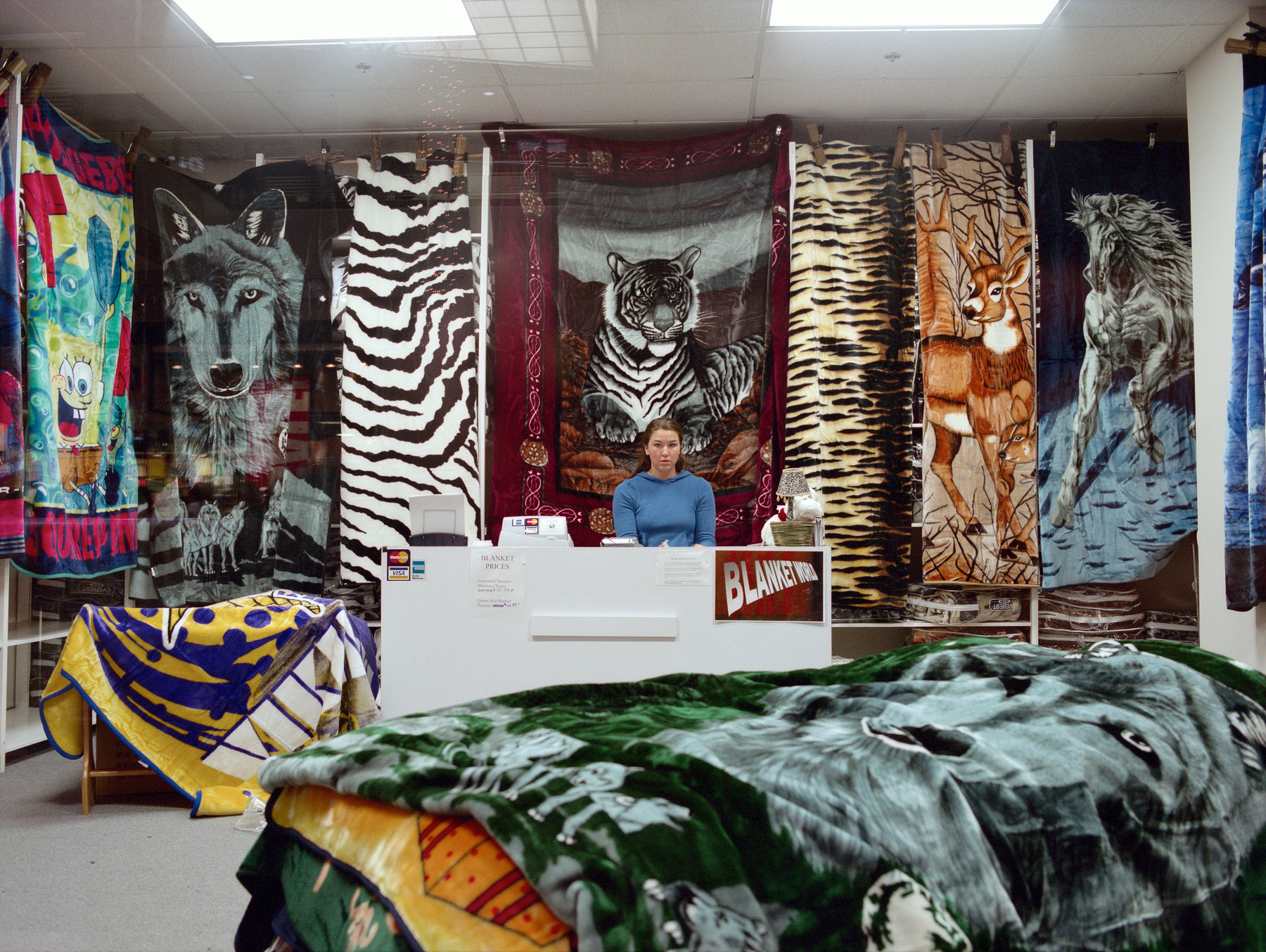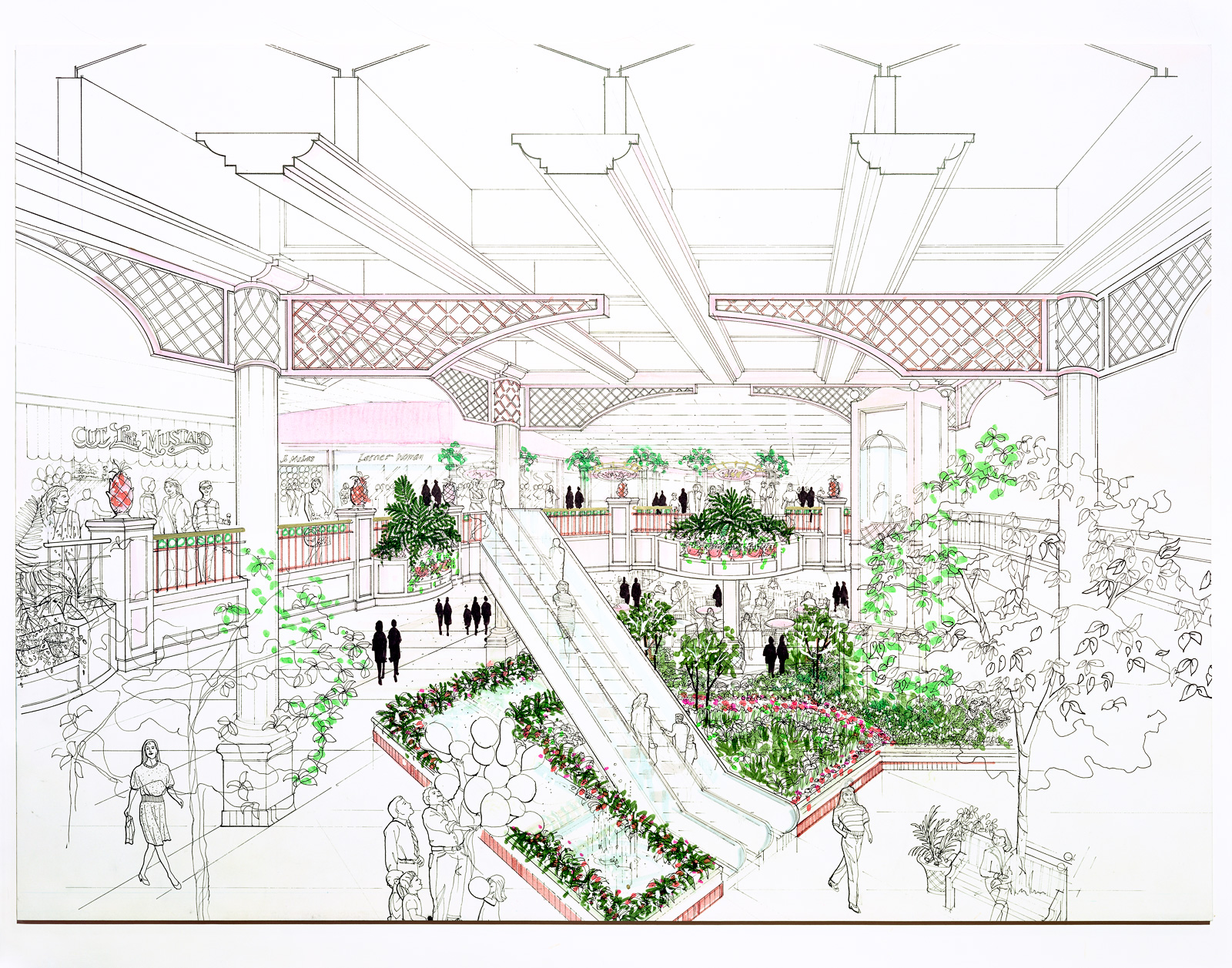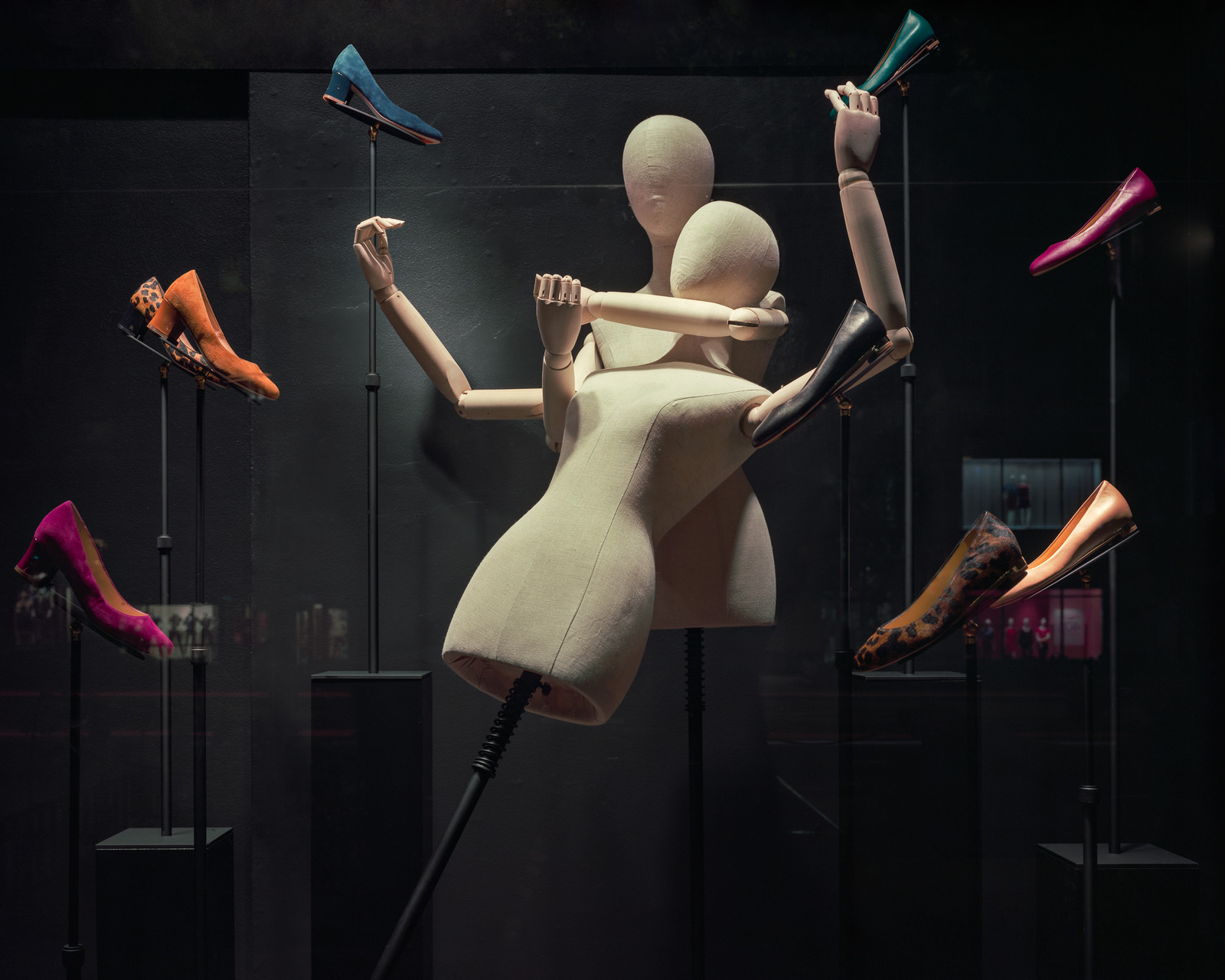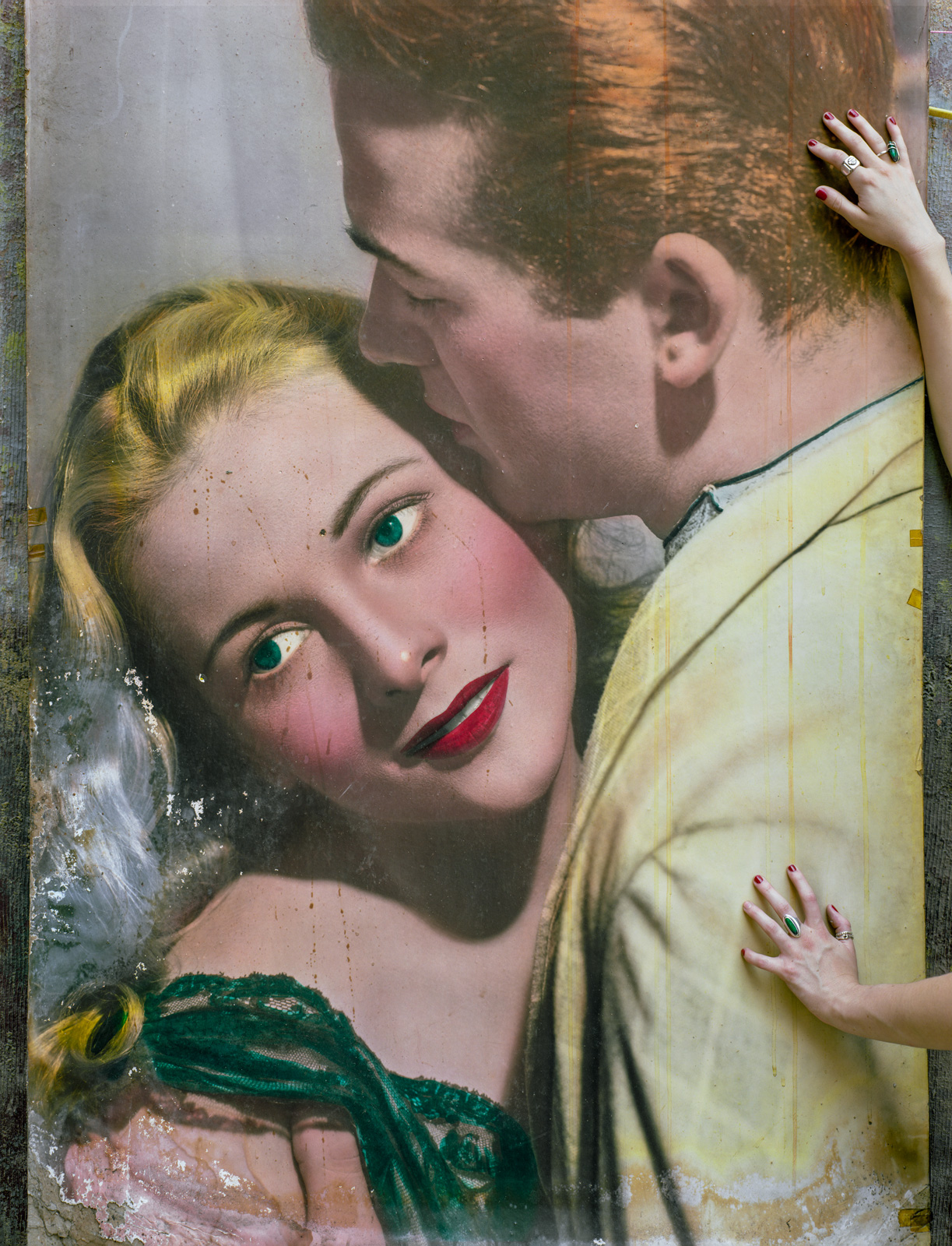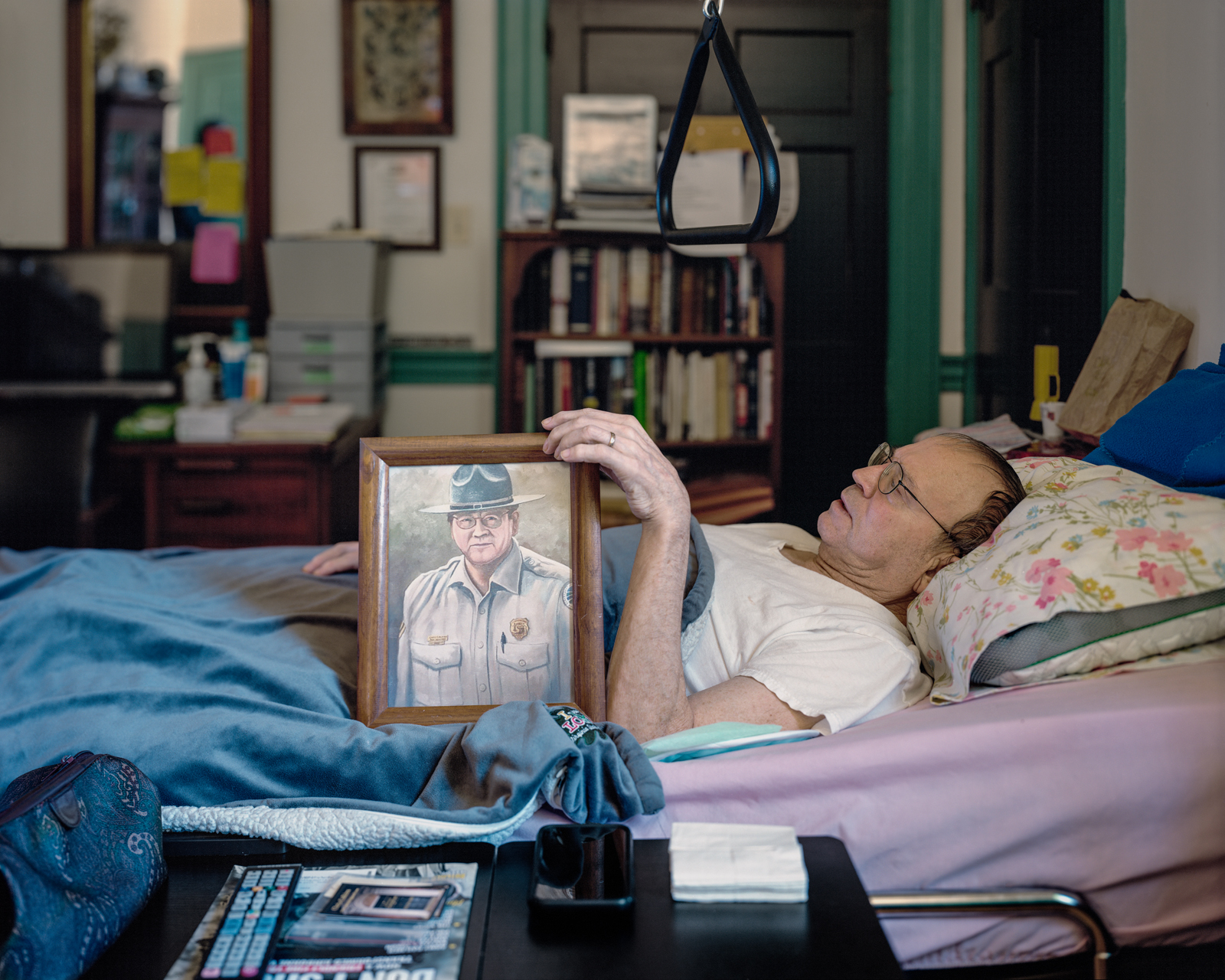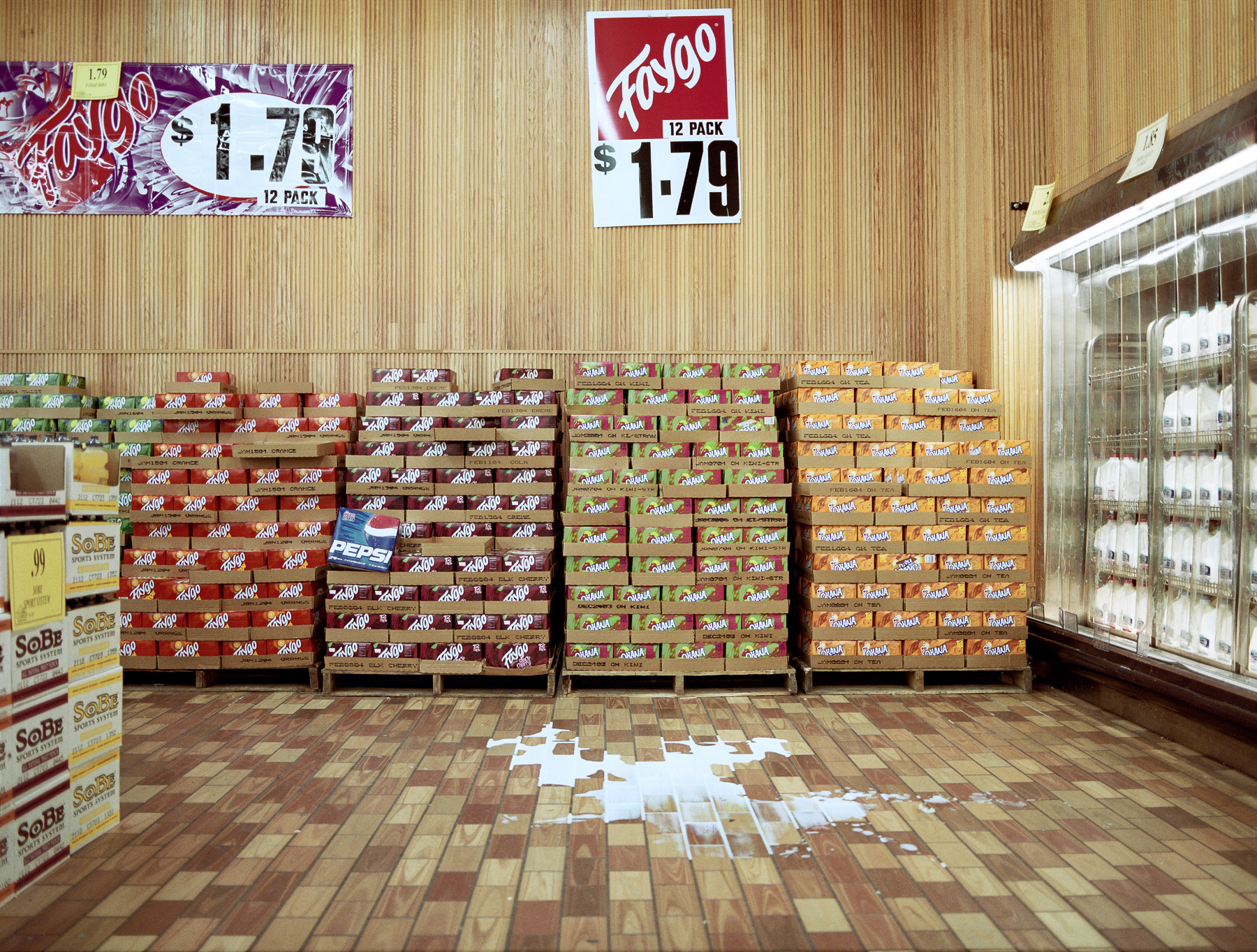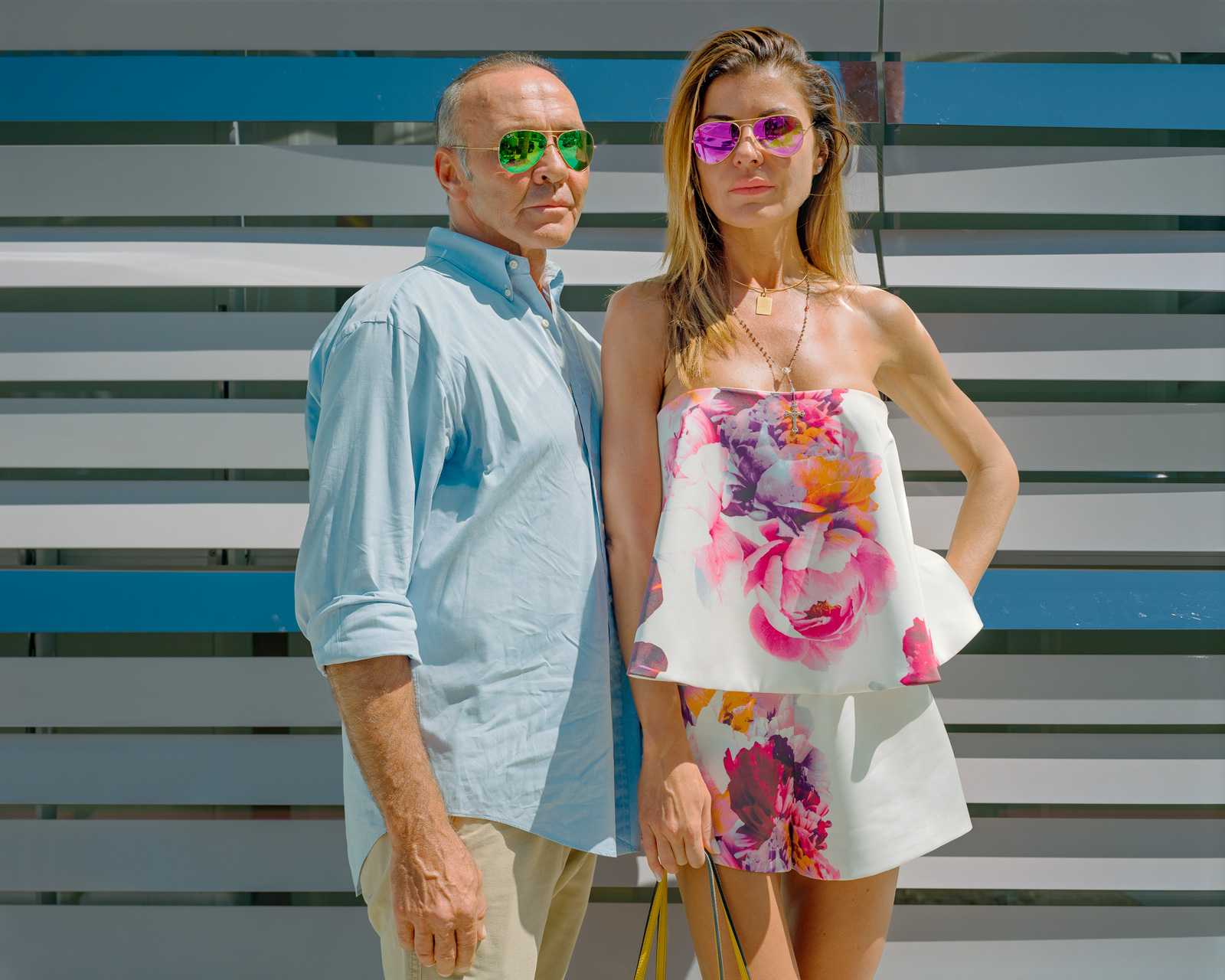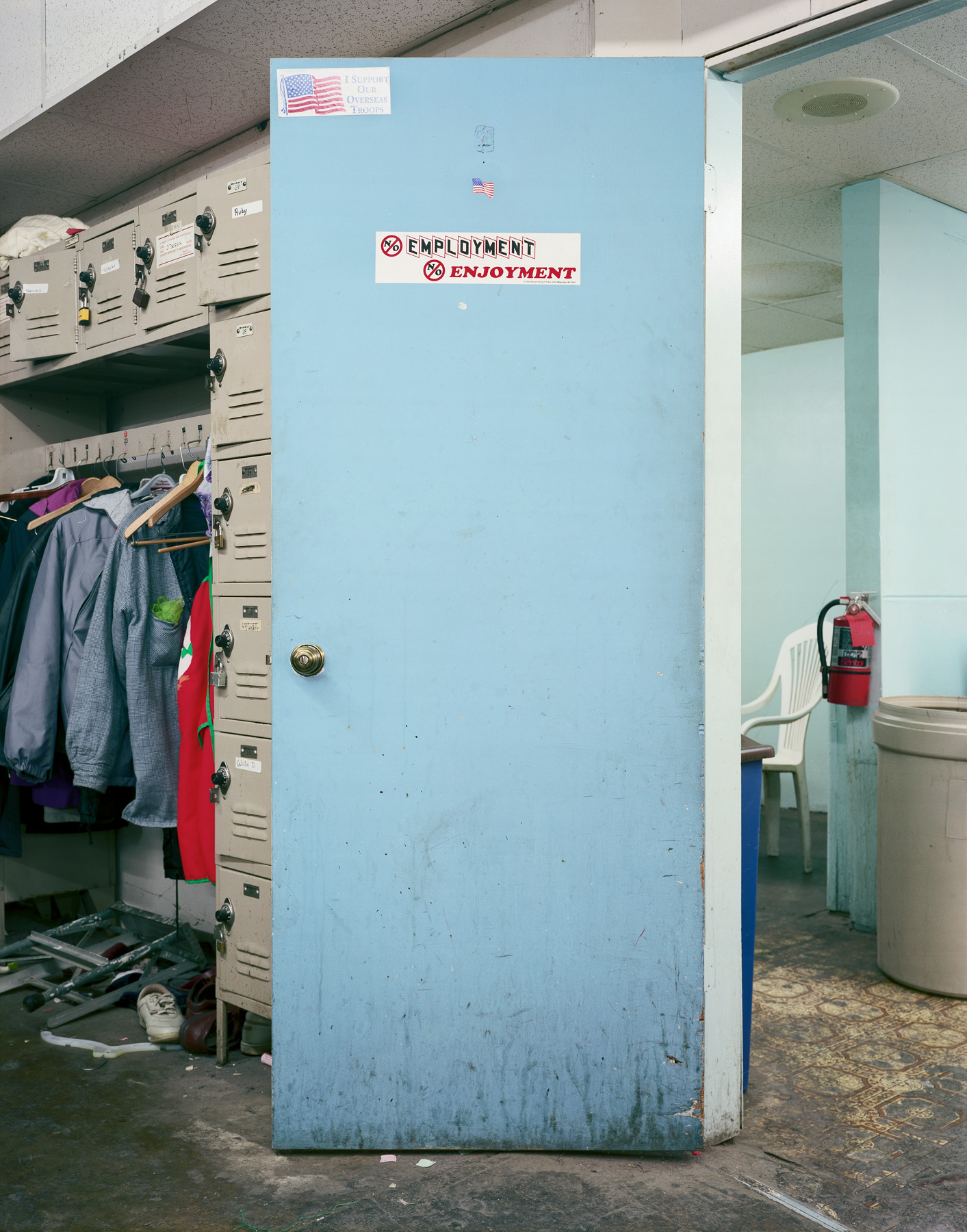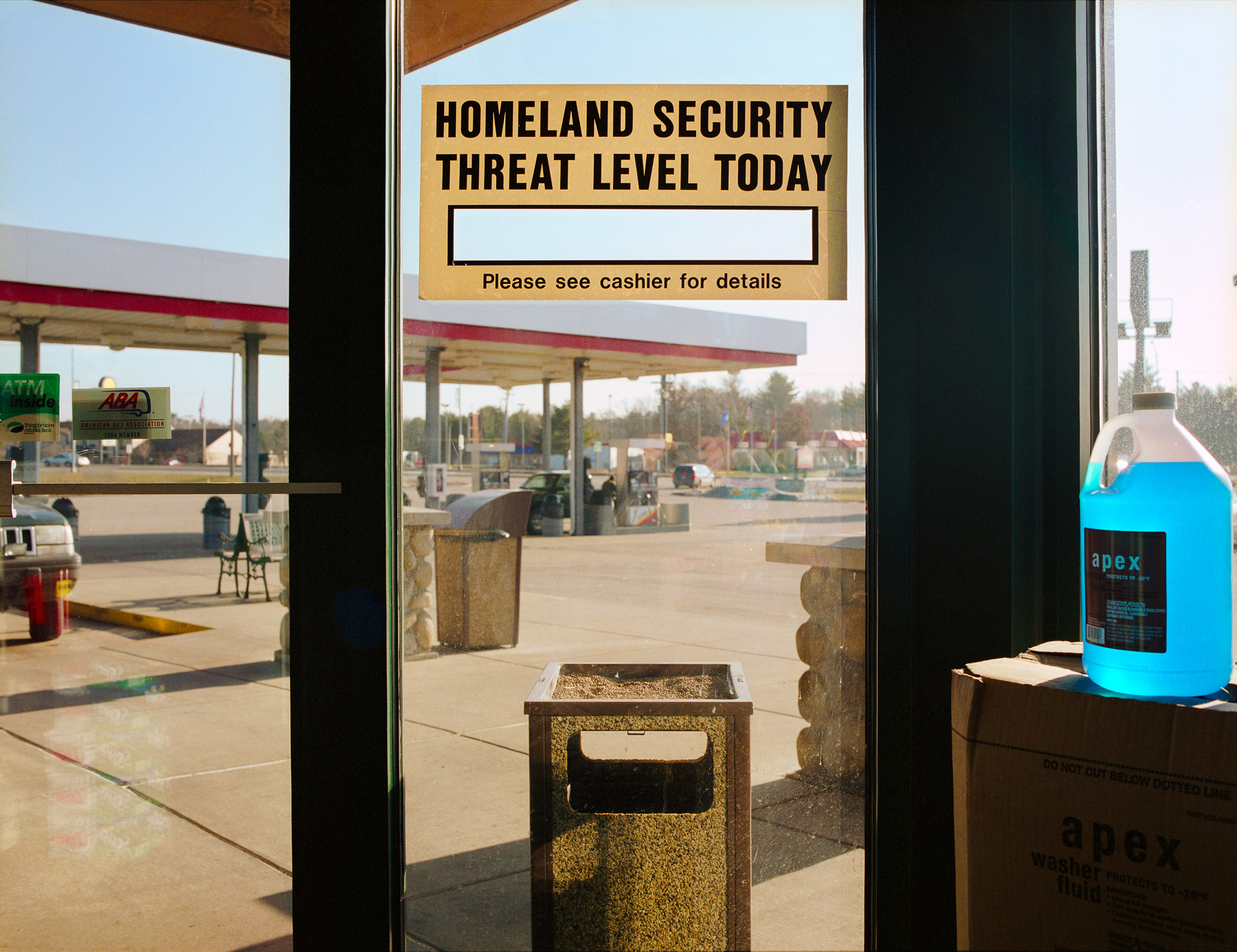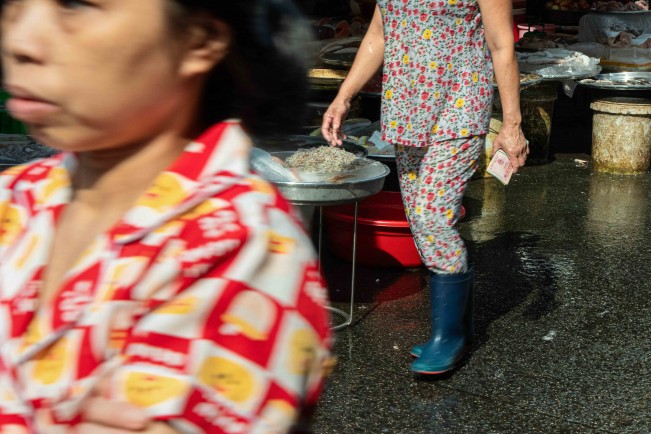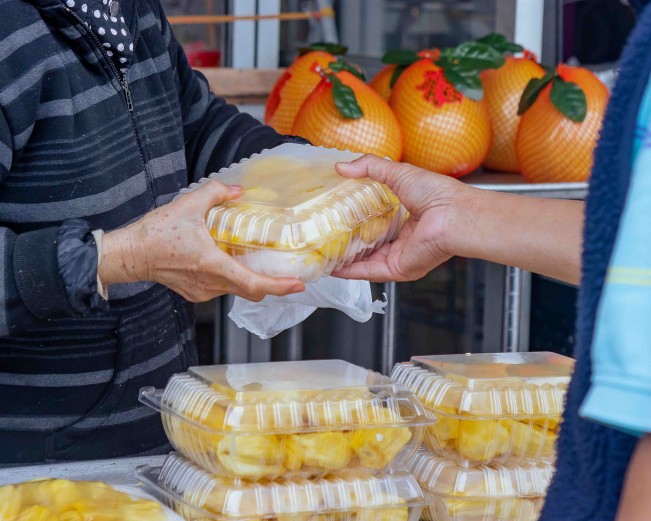Photographers on Photographers: Jade Nguyen in conversation with Brian Ulrich
I was introduced to Brian Ulrich’s work during graduate school for my research on photographic representation of the effect of capitalism and consumers’ behavior in the United States. At the time I was working on a documentary series on the intersection of consumption and cultural practices in diasporic communities displayed in various Vietnamese grocery stores and researching the ways in which different business establishments exist as microcosms for different social classes. Brian’s attractive use of colors and graphics as a language of consumer culture, sensibility to the human conditions, and ability to spot a photograph even in the most mundane settings were what initially pulled me into his work, but I soon came to realize there was more to meet the eye behind the romantic ruins of a Midwest abandoned mall or the dashing display windows on Fifth Avenue.
In a world where living is a commodity, spending comes as easy as breathing. Every shopping basket is a self-portrait; where we shop, and what we shop for reflects our identity and reveals our taste, status, and how we express ourselves through the consumption of manufactured goods. In a world where every aspect of modern life is reduced to commodities, Brian Ulrich’s work is a testament not only to the unyielding flow of capital but also how it is the very blood that keeps America alive. Growth and decay, consumption and expulsion, wealth and poverty, pride and shame, all can be found in this collection of work that started during one of the country’s greatest tragedies.
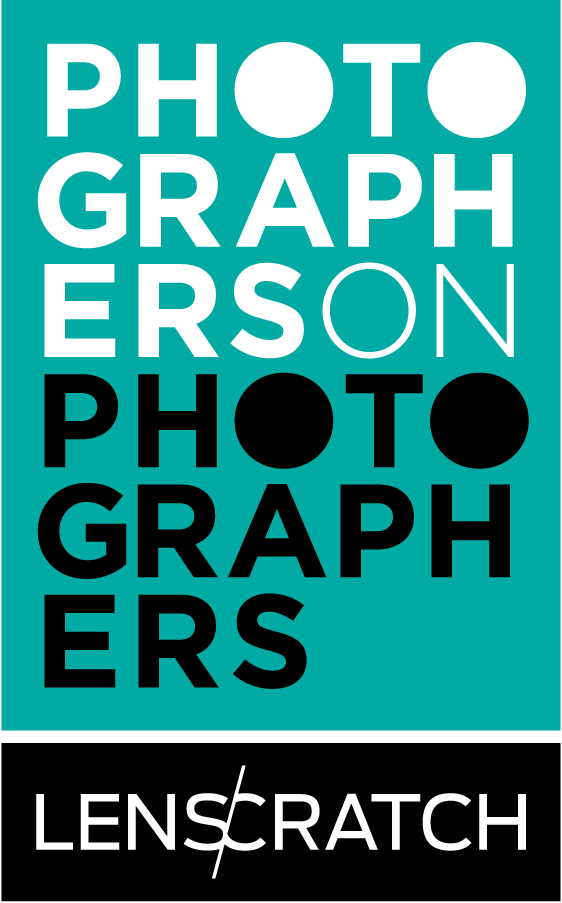 Brian Ulrich’s photographs portraying contemporary consumer culture are held by major museums and private collections such as The Art Institute of Chicago; the Baltimore Museum of Art; the Cleveland Museum of Art; the Eastman Museum; the J. Paul Getty Museum; Milwaukee Art Museum; Museum of Contemporary Art San Diego; Museum of Contemporary Photography; Museum of Fine Arts, Houston; the North Carolina Museum of Art; the Margulies Collection; the Bidwell Collection; and the Pilara Foundation Collection.
Brian Ulrich’s photographs portraying contemporary consumer culture are held by major museums and private collections such as The Art Institute of Chicago; the Baltimore Museum of Art; the Cleveland Museum of Art; the Eastman Museum; the J. Paul Getty Museum; Milwaukee Art Museum; Museum of Contemporary Art San Diego; Museum of Contemporary Photography; Museum of Fine Arts, Houston; the North Carolina Museum of Art; the Margulies Collection; the Bidwell Collection; and the Pilara Foundation Collection.
Ulrich has had solo exhibitions at venues such as: the Eastman Museum; the Cleveland Museum of Art; the Museum of Contemporary Art, Chicago; the North Carolina Museum of Art; the Museum of Contemporary Art, San Diego; the Haggerty Museum of Art; the Nerman Museum of Contemporary Art; the North Carolina Museum of Art; the Rhona Hoffman Gallery, Chicago; the Julie Saul Gallery; Galerie f5,6; and the Robert Koch Gallery. His work has also been included in numerous group exhibitions at venues such as the Museum of Modern Art; Pier 24 San Francisco; Art Institute of Chicago; the Walker Art Center; the Museum of Contemporary Photography; the San Diego Museum of Art; the Haifa Museum of Art; the Krannert Art Museum; the New York Public Library; the Carnegie Museum; the Aperture Foundation, among others.
In 2009, Ulrich was awarded a John Simon Guggenheim Memorial Fellowship. The Aperture Foundation and the Cleveland Museum of Art collaborated to publish his first major monograph, “Is This Place Great or What”, in 2011, which was later included in The Photobook: A History Volume 3(2014). The Anderson Gallery published the catalog Closeout: Retail, Relics and Ephemera(2013). Aperture also published his work as part of the “MP3: Midwest Photographers Project” in 2006. In 2016 Ulrich received an Imagemaker award from the Society for Photographic Education.
He is currently an Associate Professor at the Rhode Island School of Design.
Instagram: @brian_ulrich
Jade Nguyen (JN): Hello Brian! First, I would like to thank you for having this interview with me today. In an interview with Lynn Saville in 2010 you mentioned that photography was not your initial major, but graphic design. How did photography become your medium of choice to discuss consumer culture, and what did photography offer to you that other mediums did not?
Brian Ulrich (BU): Well, I was not a very good Graphic Designer and was more focused on playing music, putting out records, organizing tours, and learning about experimental sound practices. What was exciting about music was it was fairly immediate and improvising was a means to surprise myself creatively. When the lightbulb went off with photography, I found it similarly expressive to music. I was also excited about the possibilities with photography and instead of a more foundational approach; I tried to break as many rules as possible. A lot of this early work was abstract, sculptural, and installation-based. I found other mediums too slow, or required too much planning. Photography was also so iterative and while I was not always certain on what I was doing, I was doing so much of it that it was hard to dismiss. Photography became my medium of choice, and I was lucky enough to find form in consumerism as a subject. I also enjoyed the idea of using the photograph, which is most often the language of advertising to subvert it. Again, all that was part of hoping that the picture transcended the experience and helped people to also be critical to an environment that is meant for emotional response. Keep in mind, desire is constructed to be the opposite of rationale.
JN: I was greatly inspired by how you use the language of consumer culture to unveil the ways in which capitalism governs America. Can you talk about your initial explorations with this concept, how it changed over time, and where you are with your research right now?
BU: Prior to graduate school, I had been making very different work, much more personal and autobiographical, as well as a fair amount of disjointed and noisy music. September 2001 changed all that and coincided with the beginning of graduate school. Like many artists, we were trying to identify how to respond to what happened. I was struck that fall that the national response to such a tragedy was to connect patriotism and the beginnings of the ‘war on terror’ to consumerism. It was a moment when politicians said the quiet part out loud and used a national traumatic experience to redirect citizens toward consumption. I had to go and see if people were following that directive, and of course, they were. I didn’t have much experience photographing that way, candidly and in poorly lit store interiors. To circumvent this, I would find an unobtrusive space and wait for people to enter into the camera frame. Sometimes it would be hours of sitting, waiting, and watching. In all that time, I recognized that what I was looking at was infinitely more complex than patriotism and more a demonstration of what defines purpose for much of our lives. This was both daunting and exciting, as I knew that if I was going to represent what I saw with any amount of complexity, it was going to take a serious amount of time and commitment.
After several months, the photographs begin to depict what I had hoped – which was not so much about individual greed, but how an environment of consumption prescribed behavior. As the project grew, I had the sense that the photographs could give viewers a certain kind of literacy about how design and advertising functioned to dictate behavior. When I began to exhibit the pictures, some of the best feedback I received was from people saying the photographs changed their experience of being in a store or mall. That became a large part of my effort in both making the work but also getting it in front of people. As September 11 impacted the Retail work, Hurricane Katrina impacted what became Thrift. I do not think we had seen such a demonstration of poverty, racism, and state and federal neglect happening in real-time, and broadcast to so many. If we could accept the lack of support in one city in the US, then we certainly could discount poverty on a massive scale. Thrift stores seemed to be analogous to those ideas. They were in some ways the basement of the retail pictures where objects are reevaluated and repurposed. Historically, these stores were more about sharing and exchanging objects with those in the community, often through churches. Today, it is mostly a huge for-profit industry predicated on objects being either very inexpensive or unique. Photography had to take on a more formal and aesthetic approach as those objects do not have the same effect of desire on the viewer but I wanted them to provoke an emotional response, rather than looking at junk.
At that point, I thought of those 2 projects as distinct and planned a book for each. Thrift was close to publication, but it was missing a more obvious protagonist. In 2008, I recalled some writings I made in 2005, where I noted that perhaps many of the same spaces I photographed would eventually be emptied, victim to the same capitalist growth models that conjured them. In the early spring of 2008, that began to play out, and I created long lists, and then maps, of store closures across the US. Dark Stores were meant to be somewhat cheeky, and ironically romantic, but also the heaviness of the impact that those spaces had on local and regional communities. Each photograph was the result of large amounts of researching, scouting, and planning. The pictures often required long trips and hour-long exposures, painting with various flashlights in the pitch dark. On the one hand, I was excited to have somewhat seen this coming and thought perhaps this model of capitalism had reached an endpoint, on the other, people in power were terrified and while I again thought that necessary, it also cemented how difficult, or even impossible, it would be for our economic system to evolve. I knew financial managers at the time who were moving all their assets into gold as a means to prepare for some economic collapse. Dark Stores also became rather epic as in the exploration of the dead retail spaces, I began to find documentation that signaled the problem of the premise from the beginning. That led to collecting ephemera, objects, signage, archives of photographs–all this was evident of how consumer culture was manufactured in the middle of the 20th century to prescribe success and an illusion of power and security to white middle-class communities. The irony was that the illusion served to stifle dissent and direct power away from those who had it at the time.
Like Dark Stores, The Centurion had been kicking around as far back as 2006. I knew all along that a discourse and critical reflection on wealth was a challenging one, and I tried various times over the years to identify ways to make photographs of it. What I learned quickly was that I did not want to confirm the power of wealth in the pictures but reveal it for its fragile and often weak constructions. In 2013, on a trip to NYC, I began photographing display windows along Madison Ave. It seemed illusion, abstraction, fantasy, and immortality were the ideas being sold and tried to photograph those, an aura more than a subject. The Centurion evolved as I explored and researched, but the underlying themes of the construction of the illusion of power were consistent in homes constructed like medieval castles, and portraits that depicted the levity of an experience outside of survival. To be honest, what I began to see in The Centurion was terrifying, especially with the prevalence of the fortification of property, homes, and communities. Since the beginning, there are more figurative and literal castles (architecture of defense) and more of a move of culture to be constructed toward feudalism than just exclusion and competition.
For the past decade, much of my work has moved away from being so explicitly directed toward consumerism and more toward systemic economic policy. In a sense, I am hoping to do something similar as the early work, yet it is inherently more commonplace and connected to a trajectory of history and capital. There are such obvious and concerted efforts to direct us toward competitiveness and fierce individualism while also truncating our experience away from the social and the collective. This has been the foundation of the work done in A Glorious Victory, as well as a forthcoming project of photographs from Florida and New England. In this work, I have lately been enjoying the freedom of working outside specific confines and exploring, discovering, and witnessing more than the labored large format camera.
JN: Capitalism runs deep, especially in 21st century America. How do you navigate yourself within consumer culture while making work thatvdirectly/indirectly criticizes it?
BU: It is endlessly challenging to navigate consumer culture in an ethical or reductive way. At times, I’m hyper conscious of the irony of producing ink on paper or digital artifacts that have direct effects on resources, yet I am still a firm believer in what a photograph can do, in its multiple forums. Within the market of photographs, the criticality in my work is fairly apparent and direct. Many of the people or institutions that have collected my work have done so because they have an affinity with the critique, not just the aesthetic. My father was an engineer, so I grew up with discussions and examples of the difference between objects made for longevity and ones designed to fail. Many of the things I buy are used things, some quite old and I spend likely far too much time learning how to restore and repair things. In recent years, I have developed a certain reverence or obsession with objects where one can get the sense that its creator was trying to do something that had not existed prior or refine something to finality. Some call this Heirloom consumerism, where craft is the prime motive–though some of that gets connected back to the luxury market. What is fairly apparent is that planned obsolescence became commonplace with the growth of shareholder markets.
JN: Your photographs take us to many places between dead malls, retail stores, private properties of the ultra wealthy, and the deepest corners of thrift shops. Which one of those is the easiest to gain access to, and which is the hardest?
BU: The photographs in Thrift were a welcome change from the Retail work. Not only were the spaces and objects unique, it was fairly easy for the stores to understand why I wanted to photograph there. I would make lists of thrift stores across zip codes and call them up, and without a huge amount of explanation, they were eager to have me come. Often, I would hear a response like, ‘make sure to be here on Monday morning, as the donation piles run out the doors into the parking lot’. They understood, which allowed me to slow down and invest in a variety of ways of picture-making. I had the idea for The Centurion going back to 2006 and at that time, I had hoped that the art market might allow for some access to the wealthy. In a few small cases, it did but most of those attempts did not produce interesting work. When I began working on The Centurion in earnest, I decided to give into the lack of access and make that the perspective of the work.
JN: Have you ever been turned away from a location?
BU: I think every photographer has a long list of subjects they were refused access to,
for often irrational or non-sensible reasons, that usually have more to do with suspicion, entitlement, and a perception of power. Sometimes these refusals present an opportunity to rethink what’s more important, concept or subject. If possible, I try to turn these refusals into a new picture or idea, other times I persist to gain access. I can tell you that Goodwill is not a company that wants any kind of scrutiny whatsoever, which tracks with them masking themselves as charity. Wal-Mart also is a company that, rather than attending to problems in their stores, prefers to police whether they are visible. Finally, I have had the most aggressive responses when photographing in parking lots of stores, likely because of the amount of surveillance on the store exits, and hired security that patrol those areas.
JN: Your subjects carry themselves very differently in The Centurion, full of confidence and ease, as opposed to Thrift or Retail, oblivious and frequently somber. What was your approach in depicting people in your series?
BU: So glad you picked up on that. Portraits are some of the hardest photographs to make. It is not something that comes easily to me. I remember being in a thrift store in a church basement in Indianapolis and using a 4×5 camera. I was captivated by this store volunteer and, over the few hours of photographing the space; I agonized over how I was going to ask to take his photograph. I waited so long I only had 2 sheets of film left, but in all that time I also carefully studied everything he did. When he agreed, I could easily shape him back into what he was unconsciously doing that initially caught my attention. (0608).
The Centurion was so different. Early on I was making a lot of candid photographs of people in New York and Los Angeles. I found myself less interested in how people performed in public. I did not want to see only the archetype of a wealthy person, but I wondered if it was possible to photograph a psyche that was not predicated on survival. One of the more challenging parts of making portraits today is that many people prepare a projection of themselves for a photograph, and this was especially the case in The Centurion. That camera is so slow that it allows me the time necessary for that pretense to drift away. I found that the responses to the pictures were very visceral, as they insist on the same kinds of power dynamics that dictate class.
JN: Would you describe your work as documentary photography?
BU: Documentary has always been a fraught term, as it has been applied to photography. I think a lot of my work is in conversation with a certain historical approach to photography and I try to make those connections directly, yet I also like giving myself permission to move outside of photography into other mediums, found objects, installation, sound, etc. Most of that arises not so much by design. I enjoy that, as it is surprising and importantly not a definitive decision, more one where I let the concepts in the work be the catalyst for its evolution.
JN: When looking at your photographs I picked up a sense of irony. Do you think it is necessary or even possible to remain objective in your work and do you wish for your work to be read as so?
BU: Photography is not objective. It is a language often determined by a mechanism and more related to neurological perception. When photography is good, one can get a sense of how a person thinks. The irony in the work comes from parts of my sense of uncanny, and maybe more from the weak attempts of those in power to influence. My 1st jobs were working in supermarkets and even then the attempts to convince employees to work harder than for what would still equal the same rate of pay seemed pitiful. I have, however, come to appreciate the beauty of most of those gestures being created in hand-drawn signage, or simple graphic posters. I have a small collection of hand-drawn signs and love their connection to craft and attention.
JN: Wealth inequality has only got worse in America during the past decades, which makes it one of the most well-discussed subjects in popular media besides love and power. What is your approach in portraying wealth in The Centurion, and what is your end goal for the series?
BU: Sadly, much discussion about economic models is still fairly binary and based on older definitions of economic systems rather than efforts to define new ones. One problem with criticism of wealth is a lack of connection to privilege and power throughout many economic classes. Americans tend to avoid seeing themselves in positions of power, as capitalism relies on insecurities in how class is defined. In all my work, I try to avoid marginalizing individuals but to center people within hierarchical systems. Once we compartmentalize class, we absolve ourselves from social responsibility and distance the potential for collective change. That being said, I still think it is essential we examine economic strata as a mechanism to foster competition and insecurity. This is not always welcome news and some of the early responses to The Centurion at times were defensive. It was clear then that within certain audiences, any critique of wealth would not have the same comfort as examining poverty.
JN: If consumerism equals patriotism, what can be said about the political polarization and boycotts (mainly from younger generations) towards popular brands that are happening in recent years?
BU: Boycotts have proven to be an effective means of resistance. I am surprised there simply is not more of this, as certainly stores, corporations, and manufacturers seem to count on the fact there will be little scrutiny and resistance to abuses of regulations that dramatically affect public health and or environmental sustainability. ‘Purchase power’ may be effective toward a small brand or company, but more of the issues are larger and systemic.
JN: With commerce moving to online platforms and leaving physical spaces while still posing tremendous power over American culture, how would your practice take place (beyond Dark Stores) when consumption becomes almost invisible?
BU: Without meaning to sound too pessimistic, consumption has not just become invisible, it has become so intrinsically woven into almost every facet of our lives that it does not need a specific arena. Retail spaces themselves suffer from a lack of imagination. There is not any history when a Best Buy closes. It either becomes a blight, replaced by some other retailer or a mega storage unit, etc. In either case, there is not much sense of loss. Homogenization effectively conditions people to accept that the place they live, and thus their own experiences, has little precedence. If a suburban landscape can be wiped of its context, then it fully gives over power to those who value commerce and profit alone. Local governments and municipalities have long ago gambled shorthand on the promises of jobs and tax revenue. There is not much in place when those spaces fail. A more immediate example of this exists digitally, content is wiped, erased, removed, hacked, copied, or lost. Like the myriad of vacant lots across a once-booming suburb, digital assets are also only valued by traffic, clicks, impressions, etc. We consume this content much like strolling an aisle seeking ‘the’ perfect coffee maker. It only benefits those in power and contributes to the lack of a sense of history. This is particularly an issue in America, where there is so little representation of history surrounding us that anyone can easily manipulate what once was. Imagine if instead of creating a record and memorial of the loss of life on September 11, 2001, in lower Manhattan, we built a shopping mall in its place–oh wait, did that –no one blinked. This is all to say that consumption still defines almost all aspects of our lives, especially as it defines our aspirations. It does not need a Target or Wal-Mart to do that. When we look back on the many photographic projects that critically examine America over the last decades, we see the same playbook for decades — encouraging stasis, competition, and insecurity.
JN: How do you balance between traveling to photograph your subjects and maintaining a regular teaching job? Do you have any advice for early-career photographers who are in the same boat?
BU: This is a tough one, as balance is hardly an achievable thing. Most of the people I know who teach do not find a situation with unending resources that fully support creative practice. Institutions today need commitments that prioritize a long list beyond just teaching; student support, administrative work, recruitment, leadership roles, advocating, collective efforts, etc. Academia is also struggling under the weight of political, ideological, and most often financial stresses which equals less full-time faculty, higher tuition costs, fewer resources, and more emphasis on enrollment. This is not to say teaching is not rewarding, exciting, and enlightening and the stability of having a job
does afford artists the ability to make work on their own terms rather than be dependent on creating work for a market. This is not always transparent for early-career artists and it’s important for people to know the reality of what a teaching job can entail. As for travel, some time ago I found I was more productive on shorter trips than on long ones. I prefer to work 4 to 5 days non-stop and really push myself. If I have too much time, I can get a bit lost or burn myself out. To make the shorter trips effective, I try to do as much research as I can beforehand so I have a plan for at least the 1st 2 days. I also revisit the same locations sometimes months or years apart. This slows down everything somewhat and it’s hard to maintain momentum, but I compensate by workingon several projects simultaneously. For instance, The Centurion was mostly planned and arranged photographing, where during that whole time I was also working on A Glorious Victory with my friend Shane Rocheleau in Petersburg, VA. The Petersburg work is more responsive and exploratory. I can go there and make photographs without a discrete result. In fact, one of our aims is to see if we can make a project about a place at all. We recognize the privilege of putting in years of work there even if the result is not complete. At the end of the day we are more motivated by the experience of doing, learning, listening, and evolving than by a book or exhibition – though we do have hopes!
JN: What does “not if but when” mean to you?
BU: That goes back to the early days post 9/11 in 2001. There was one morning while walking in downtown Chicago. It seemed every newspaper headline had that phrase on its cover. This seemed to mark a moment where messages shifted from collective grieving to prescribing fear and mistrust. At the time, I made a video about vulnerability in public based on very close-up photographs of the backs of people’s heads. I wanted to co-opt the phrase, so I used ‘not if but when’ as the title, to potentially change its context from fear to criticality, again an attempt to de-power propaganda. The phrase stuck and was a sort of anti-brand in the beginning. I do have an obsession with project or book titles, and sometimes the title comes first and demands its own project.
Jade Nguyễn (she/her, b. 1999) is a photographic artist from Ho Chi Minh City, Vietnam currently based in central Illinois. Her documentary photography seeks to preserve the rapidly changing cultural landscape of her hometown in the age of industrialization and the impact of globalization on the image of post-colonial Vietnam. Through an anthropological lens, lyrical installations, and experimentation with historical photographic processes, her work examines the interconnectedness between personal, familial, and national history beyond geographical borders. Nguyễn is currently an Instructional Assistant Professor at Illinois State University after completing her MFA in 2024.
Instagram: @jd.ngn
Posts on Lenscratch may not be reproduced without the permission of the Lenscratch staff and the photographer.
Recommended
-
Paccarik Orue: El MuquiDecember 9th, 2025
-
Lauri Gaffin: Moving Still: A Cinematic Life Frame-by-FrameDecember 4th, 2025
-
Dani Tranchesi: Ordinary MiraclesNovember 30th, 2025
-
Art of Documentary Photography: Elliot RossOctober 30th, 2025
-
The Art of Documentary Photography: Carol GuzyOctober 29th, 2025

